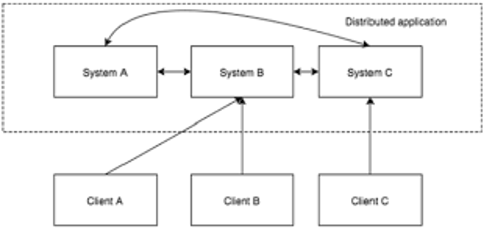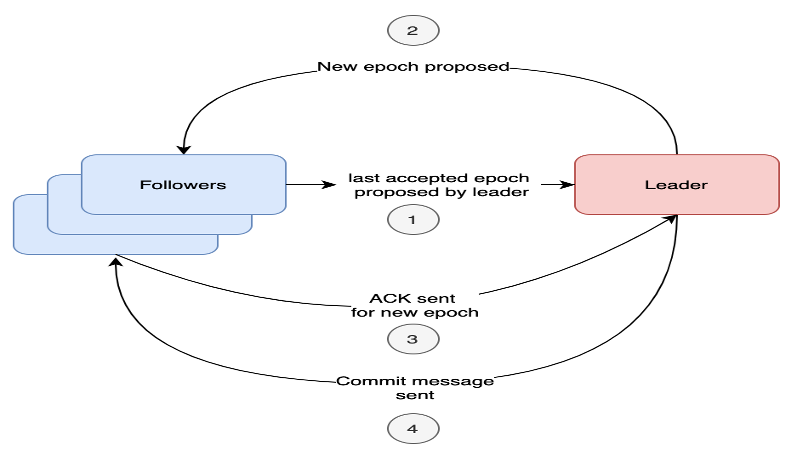Introduction
Mastodon is a social network where users may connect and communicate with one another while being hosted on various servers. Although the distributed nature of Mastodon’s design makes it resistant to some extent, it also presents certain technological hurdles, such as the requirement to synchronize data between servers and guarantee the reliability and availability of services. Mastodon may overcome these difficulties by using Zookeeper, a distributed coordination service that offers a robust and extensible infrastructure for controlling distributed system setup, synchronization, and leader election. In this article, we’ll go through some of the technical challenges associated with linking Mastodon instances together, as well as how Zookeeper can assist in fixing them.
Methods in which Zookeeper aids Mastodons in resolving their Technical Difficulties
The requirement to synchronize data between servers is one of the technical challenges of Mastodon’s interconnectedness with other Mastodons. Mastodon utilizes Zookeeper, a distributed coordination service, to provide synchronization and consistency. Each server that needs to communicate with other servers creates an observer on the Zookeeper node (Jonsson & Sundberg, 2004). By illustration, consider the scenario where Server A registers a watcher on the Zookeeper node for Server B, and Server B registers a watcher on the Zookeeper node for Server C. The Zookeeper database is updated whenever a server’s connection status changes, and the other servers are alerted through their watchers.

For example, if a user on server A “follows” someone located on server B, then server A must access server B to get the following user’s notes. Server A will first look through its data to determine whether it has the user’s notes if any exist. It will ask server B to provide the information if it doesn’t find them there. Notes are sent to Server B, which sends them back to Server A, which then saves them to its database. When Server A connects to Server B, it immediately updates Zookeeper with the new connection information.
When server B goes down, the Zookeeper node for server B on server A will get a notification from server A’s watcher. After that, server A may update its records and Zookeeper to reflect the fact that it is no longer communicating with server B. Server A’s watcher on the Zookeeper node for Server B will get a message that the connection has been restored when Server B comes back online and changes its data in Zookeeper to reflect that it is available. When Server A successfully reconnects to Server B, it may begin a synchronization process (Jonsson & Sundberg, 2004). To guarantee that users always have access to their notes and data, regardless of which server they are stored on, Mastodon may employ Zookeeper to provide synchronization and consistency between servers.

Zookeeper is utilized for several purposes in Mastodon, including synchronization, consistency, and even leader election. Leader election is the procedure by which a node is chosen to coordinate a group’s efforts inside a distributed system (Kleppmann, 2016). Mastodon’s leader election mechanism, Zookeeper, helps to guarantee that only one server at a time is in charge of processing any given request. Mastodon, for one, may choose a leader to oversee server-to-server data synchronization using Zookeeper. The leader may be in charge of starting the synchronization, keeping tabs on how things are going, and mediating any disagreements that arise.
Does Zookeeper Make a Difference or Not?
Yes, Zookeeper makes a difference here. Mastodon relies on Zookeeper to ensure that data on different servers remains consistent and in sync. This would need extensive programming work and may add complexity and new failure spots. Mastodon uses Zookeeper because it is a robust and well-tested distributed coordination service that can be scaled to handle the demands of managing distributed systems’ setup, synchronization, and leader election (Kleppmann, 2016).
Conclusion
Due to its distributed nature, Mastodon needs to work on ensuring data integrity and consistency between servers. Mastodon can overcome these issues and improve the availability of its services by deploying Zookeeper as a distributed coordinating service. Zookeeper is a possible fix for Mastodon’s technical challenges. Still, it needs to be clarified whether it is the best option since it might be too difficult to scale and demand too much work from the development team. Whether or not Zookeeper is used in Mastodon depends on the system’s requirements and the company running it.
References
Jonsson, H., & Sundberg, S. (2004). On the Problem of Computing Zookeeper Routes On the Problem of Computing Zookeeper Routes. http://www.diva-portal.org/smash/get/diva2:997396/FULLTEXT01.pdf
Kleppmann, M. (2016, February 8). How to do Distributed Locking. Martin.kleppmann.com. https://martin.kleppmann.com/2016/02/08/how-to-do-distributed-locking.html
 write
write